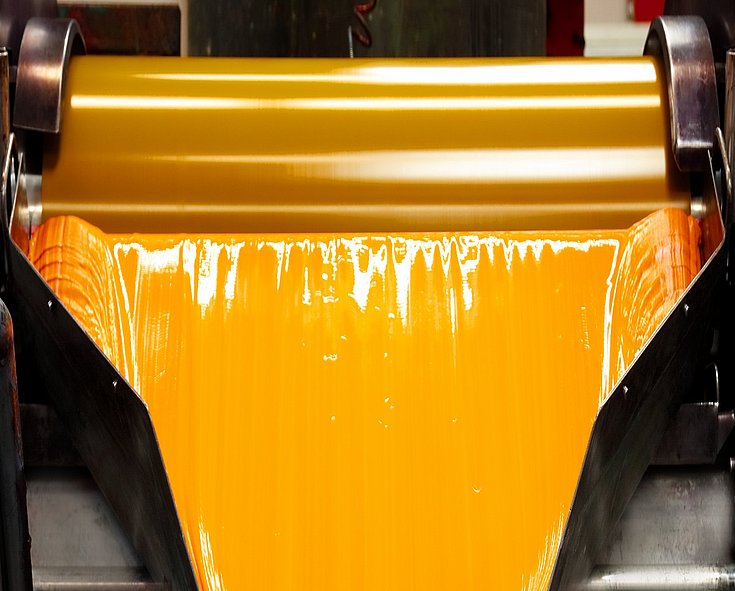
Colors are passion, emotions and personality. At Siegwerk, inks and coatings are our specialty and we use color to bring the packaging and products of our customers to life.

The cost of color
But for some time, economic experts have been warning of raw material bottlenecks in printing ink production. Natural disasters and production failures are adding even more volatility to the turbulent price developments of the past few years. Rising prices are a burden on the industry and on consumers. Following economic recovery in 2010, raw material prices reached new record levels on an almost daily basis. For instance, while a barrel of oil was priced at 50 dollars in early 2009, the price has more than doubled in the meantime. In parallel, there have been two-digit prices rises for basic raw materials in the printing ink industry since 2009 – like toluol, ethylene and propylene. For example, rising demand and an ever-changing market environment have driven prices for the vital basic substance rosin to their highest levels for over 20 years – the chart topper for price rises was 400 percent in just 18 months.
Pigments and resins – expensive, long delivery times
As a consequence of marked price rises and longer delivery times, organic pigments and special resins in particular are creating enormous problems in the production of printing inks, as the European industry association EuPIA recently reported in Brussels. For this year, the association expects further price rises of up to 15 percent. Added to this, costs for energy and logistics are also subject to strong growth.
Market expects think the raw material markets have adjusted to a new price level with respective high earnings. This reinforces price pressure on the internationally active printing ink producer Siegwerk, among others. While more efficiency in production frequently offset growing costs in the past, this is no longer possible for the Siegburg-based company in 2011. As a global leader in the production of top-quality inks, Siegwerk is now forced to pass on part of the cost increase to its customers for a transitional period – until the raw material markets have recovered.